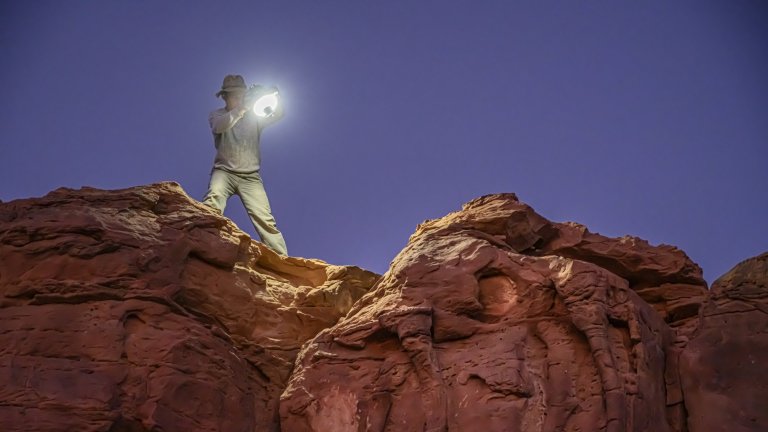
© Hubert RAGUET / Mission archéologique franco-saoudienne du Camel Site / CNRS Images
View the mediaScientific news
The European Archaeology Days, which take place from 14 to 16 June throughout France, are a fantastic opportunity for the general public to discover our shared heritage and meet those who are working to preserve it.

© Hubert RAGUET / Mission archéologique franco-saoudienne du Camel Site / CNRS Images
View the mediaArchaeology is more than just scraping the ground to extract the remains of the past. Above all, it's about unearthing and revealing our shared heritage, going back in time to the sources of our history, and giving us and future generations the keys to understanding human societies and their environment.
For the thirteenth year running, the European Archaeology Days are being held to protect and promote this heritage. On Friday 14, Saturday 15 and Sunday 16 June, over a thousand events are being organised all over France and Europe, giving you the chance to discover and better understand the wealth of work carried out by archaeologists. Exceptional openings of excavation sites, educational activities, meetings with researchers, exhibitions... There's a packed programme again this year, which you can find here.
While you're waiting to take advantage of the events organised in your region, we suggest you take a look at a selection of films and photo reports we've produced, so you can dive underground with our scientists and discover the secrets that are hidden there.
Our work is guided by the way scientists question the world around them and we translate their research into images to help people to understand the world better and to awaken their curiosity and wonderment.